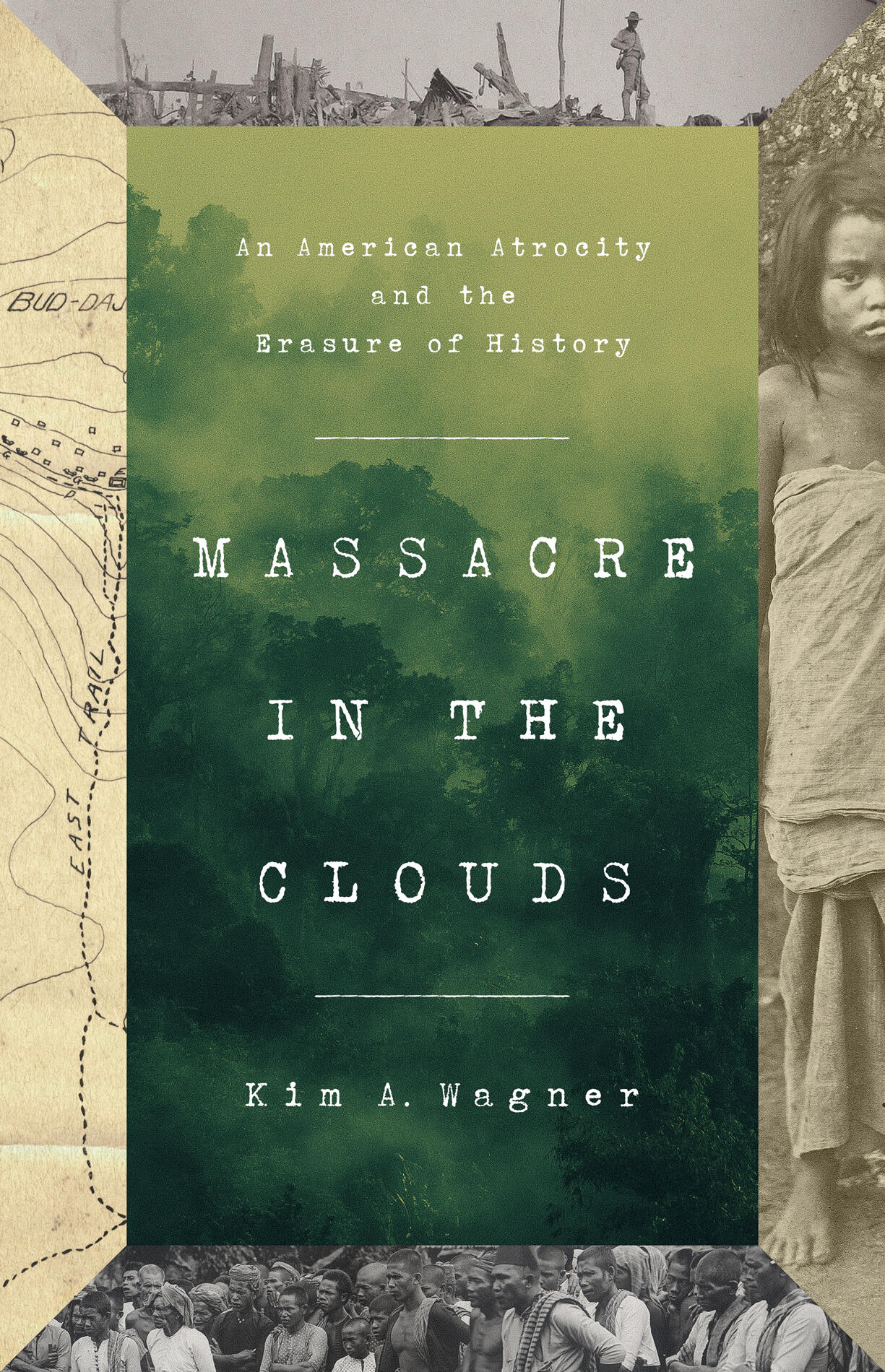Taft claimed that torture was the only way to get Filipinos to cooperate. “There was never a war conducted, whether against inferior races or not, in which there was more compassion and more restraint and more generosity than the war against Filipinos,” he said. Despite the fact that the number of Filipino deaths from artillery fire, famine, and ecological havoc would reach more than 250,000 by 1902, Barrows described the war as a “real blessing…for without it, Filipinos would never recognize their own weaknesses; without it, we would never had done our work thoroughly.”
This combination of brutal violence and the rhetoric of benevolent assimilation is central to Kim Wagner’s important book Massacre in the Clouds: An American Atrocity and the Erasure of History, a detailed account of the 1906 massacre of hundreds of Moro people. Wagner, a historian of colonial India and the British Empire, investigates not only the killings but their eventual removal from American memory.
The Moros are the linguistically diverse Muslim people of the southern Philippines who converted to Islam as early as the thirteenth century. They had consistently resisted Spanish incursions and so stood outside the Christian polity established by Spain three centuries earlier. After the American takeover, they resisted attempts to impose new taxes, undermine the power of their chiefs, and send their children to colonial schools, among other policies that threatened to upend their way of life. In 1905 many fled from their villages to avoid complying with these rules, taking refuge inside the crater of a large volcano, Bud Dajo, on the island of Jolo in the Sulu Archipelago. The Americans tolerated this for some months, but before long both they and other Moros were blaming those on the volcano for an attack on a US armory as well as other crimes that were likely related to personal feuds rather than anti-American insurgency.
After several attempts to encourage them to come down from the volcano, the Americans began to plan an assault to put an end to what seemed like a blatant violation of colonial authority. As American troops advanced, hundreds of additional Moros fled to the crater. An army captain forwarded a military report to General Leonard Wood, governor of Moro Province, with the assessment, “They will probably have to be exterminated.” Wood wrote to another general, “I think the time has come for cleaning up the place.”
